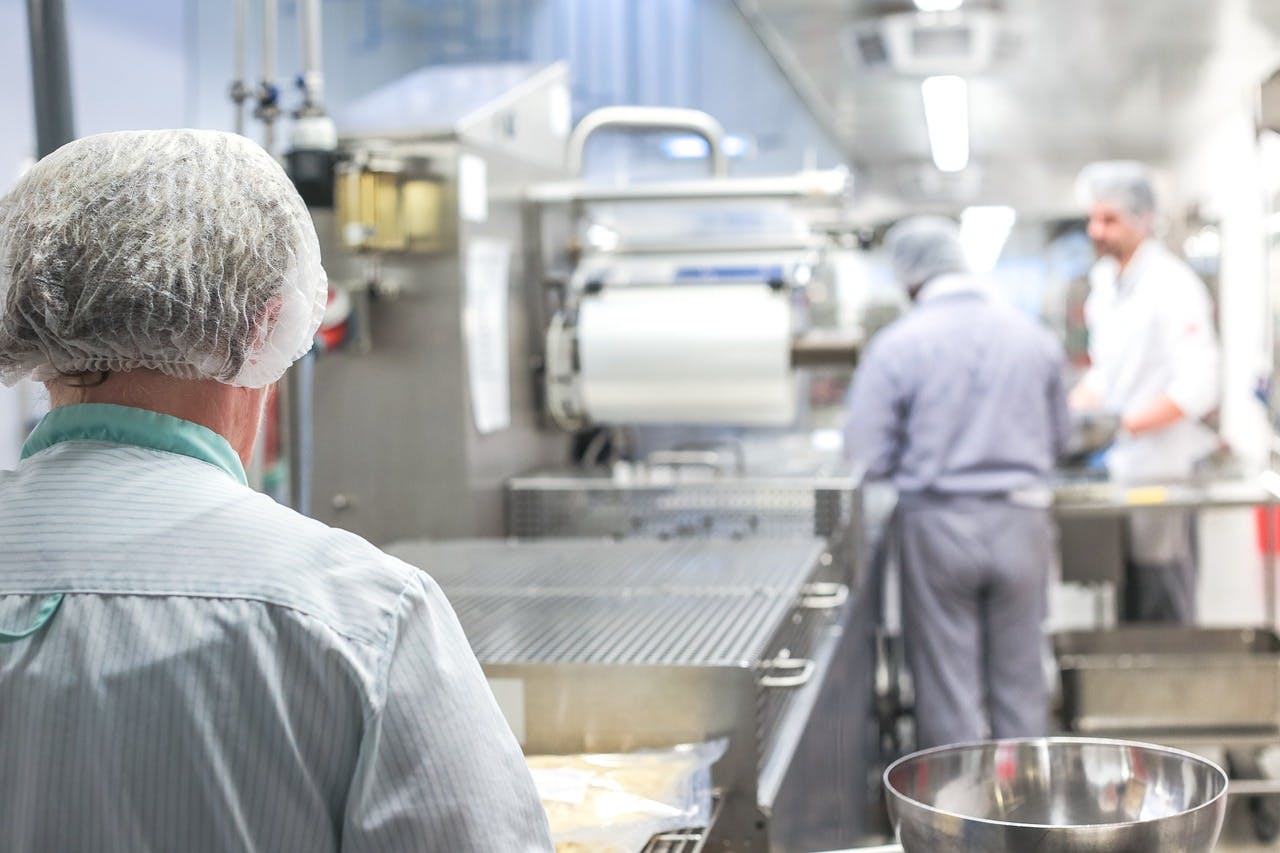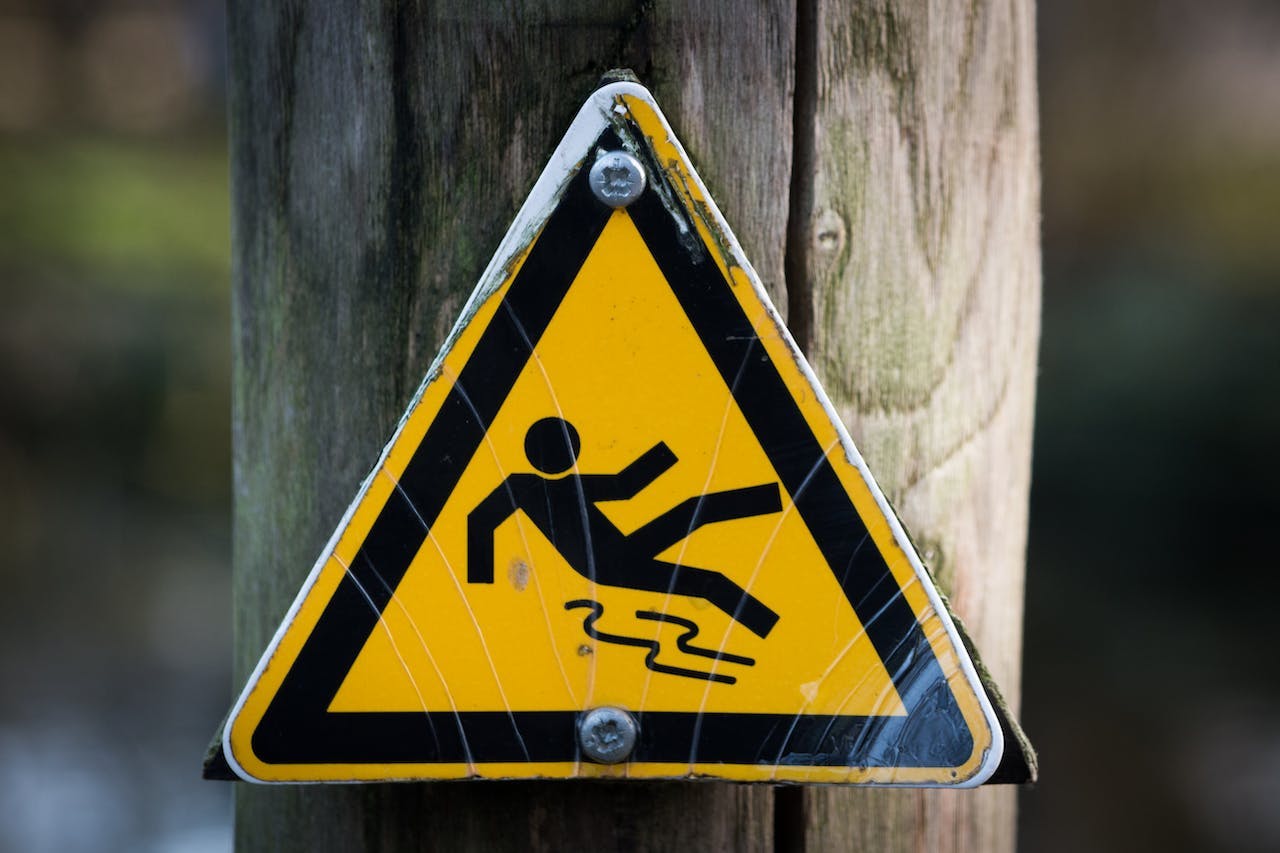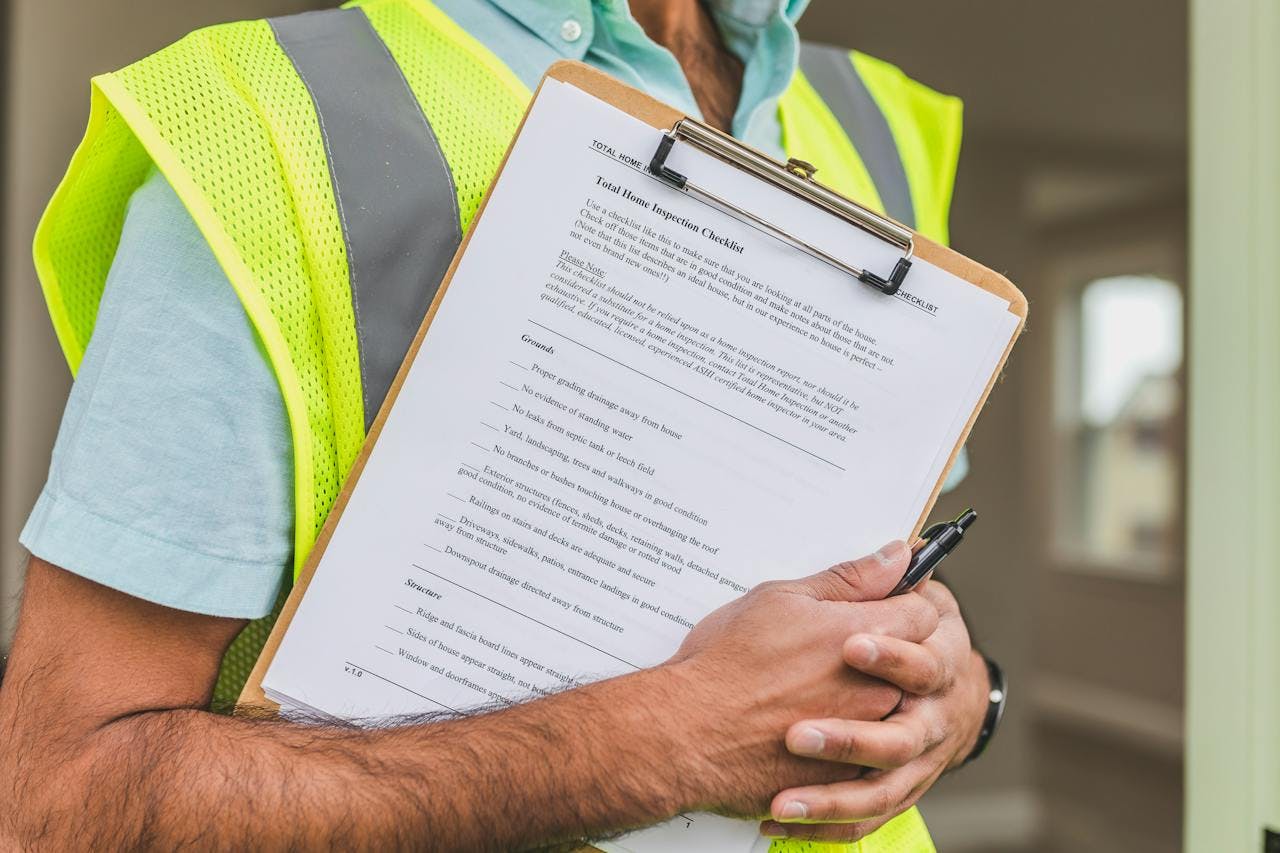Food safety is incredibly important for restaurants to get right. Reputation in the food industry is very delicate, and a healthy food safety culture is key to long-term success in this industry.
After all, there’s no margin for error when it comes to food safety. The average cost of a food recall is $10 million in direct costs, plus the unmeasurable brand damage and lost sales.
Read on to learn more about what food safety culture entails and how you can foster a sense of it within your team.
What exactly is food safety culture?
Food safety culture is the shared attitude, habits, and values a company has toward food safety. This culture is vital to the well-being of the company’s reputation, employees, and customers.
There are legal requirements for food safety. Government-mandated audits and QSC inspections ensure that a facility is following food safety guidelines. Food safety culture leads to performing well on these inspections.
The Global Food Safety Initiative is an international effort to advance food safety. They recommend guidelines that go beyond the legal requirements. When facilities follow these guidelines, they can maintain an accident-free work zone, a positive reputation, and higher profits.
How to foster food safety culture in your facility
There are many approaches to fostering a positive food safety culture. There are also many things that employees can do to contribute to this, but all change starts at the top.

Management needs to be aware of just how important maintaining a great food safety culture is. Proper budgeting and time allocation to food safety training are needed from management. General safety policies must be enforced to make sure that employees are comfortable in the workspace. And lastly, a plan needs to be in place.
A plan for improving food safety culture should look something like this:
- Create a sense of urgency: Tell other management about how important food safety culture is. When a sense of urgency is created, both management and employees act. You can even look for when the next audit is and set that as a deadline for a long-term goal.
- Build a guiding coalition: Carefully selected leaders are going to be the foundation for a positive culture. Have a meeting or two with everyone about the long-term goal and how to achieve it with short-term goals. Encourage employee participation when discussing roles and responsibilities for everyone.
- Develop a vision and strategy. Having the end picture in mind can help you and your team find ways to make it happen.
- Communicate the plan: How exactly can employees be more cautious when it comes to handling certain food? How can employees efficiently wash their hands every hour? What’s the best way to deal with imported items? Asking these questions and sharing answers helps everyone. Personal accountability is key in this thing, so clear expectations are important.
- Enable action: Allow for employees to raise questions or concerns at any time. Provide a way for them to anonymously tip off management. Employees very often look out for one another and their work but don’t have the tools or resources to share their ideas. Constantly talking about food safety culture and seeing signs about it on the wall makes it easier to enable action.
- Generate short-term wins: Employees need to be able to see quick payoffs for all their hard work. Consider buying everyone lunch or letting them off ten minutes early. Short-term wins encourage even more hard work and productivity.
- Consolidate gains and produce more change: Reward those going above and beyond. Reward them if they’re always maintaining a positive culture even when they think if no one else is watching. This encourages other people to adopt the same values and habits which ultimately builds the food safety culture.
- Anchor new approaches in the culture: When change happens, make sure it stays that way. There shouldn’t be any steps backward. If you see the possibility to officiate a new policy, then do it when people are already doing it. For example, if the culture has led to consistent hand-washing then make it a policy. Employees won’t be surprised or taken aback by the new change.
This seems like a lot to tackle. And that’s because it is. But it’s all definitely worth it. The most important thing here is to set short-term goals and track them.
It’ll all come together and your facility will be safer, cleaner, and better.

Use monitorQA to create a food safety culture in your business
If you’re interested in using auditing and inspection software to monitor your progress, then monitorQA is the right choice.
monitorQA allows you to easily track your journey to improving food safety culture. The whole process is seamless and lets you focus on other things while also being on top of food safety goals.
Interested in learning more about how monitorQA can help you achieve an exceptional food safety culture? Book a discovery call today!
last modified:09.17.24
Recent Posts

Top 5 Food Processing Industry Trends That Matter in 2025

Keeping Up With Compliance Trends 2025

OSHA Ladder Safety 101: How to Meet OSHA Standards and Keep Your Workers Safe

Car Wash Safety: Regulations & Best Practices You Need to Know

Fall Hazards At Work: How To Keep Your Employees Safe

The High Price of Neglect: OSHA Violations and Penalties

Expert Advice on Preventing Workplace Electrical Hazards

Slips, Trips and Falls in the Workplace: Best Practices

HSEQ Audit: The Complete Guide

Improve Safety: Inspection Management Software Benefits
